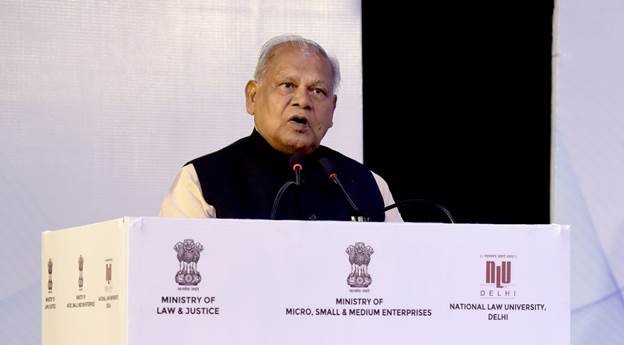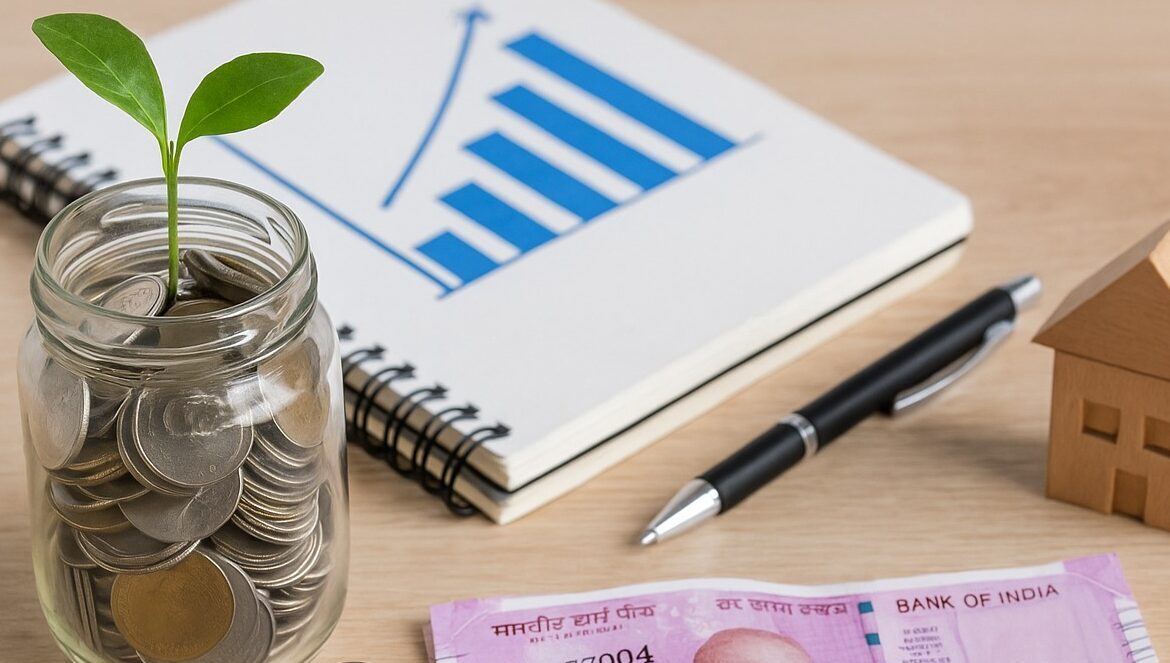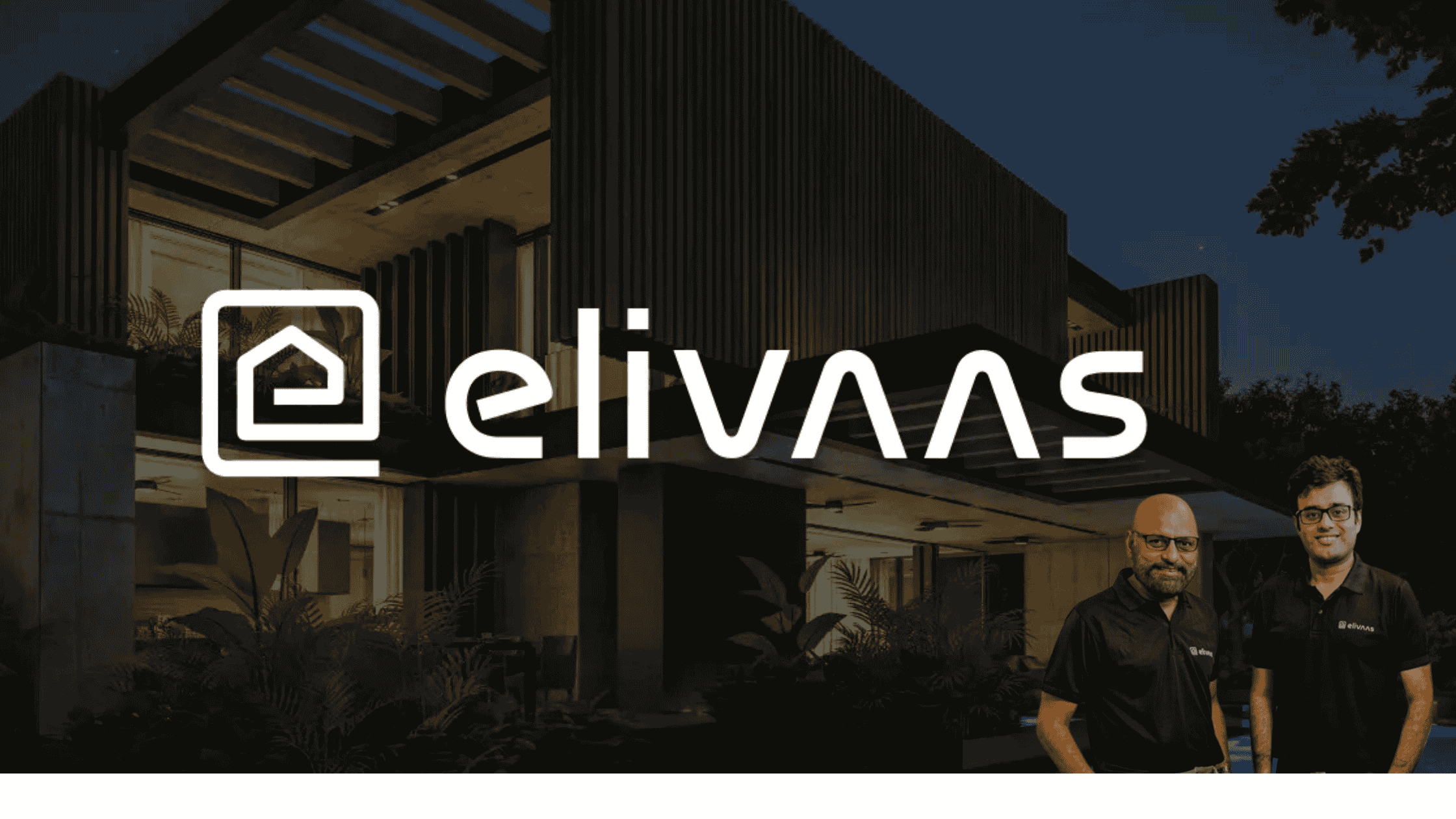While house prices go sky-high in Indian metros and Tier-2 cities are turned into real estate hubs, homeownership remains the ultimate dream of the urban Indian. But buying a house is not as much a personal success story as it is an investment for the future. Here is a step-by-step first home buying guide for a planned investment.
Step 1: Check Your Financial Fitness First
The first step is not scanning listings, but scanning your own finances. Advisors strongly recommend building a six-month emergency fund before allocating any money toward a down payment.
To calculate it, multiply your monthly living expenses by six. This acts as a cushion against job loss or unexpected expenses during the loan repayment phase.
Simultaneously, your credit score should be above 750 to qualify for competitive home loan interest rates. Also important is your debt-to-income ratio (DTI), which should ideally remain under 40%. This is calculated by dividing total monthly debt payments by gross monthly income and multiplying the result by 100.
Step 2: Determine How Much You Can Afford
Banks use the “28/36 rule” as a lending guideline, and so should buyers. According to this rule, no more than 28% of your gross monthly income should go toward home loan EMI, while all your combined debts—home, car, and personal loans should not exceed 36%.
For instance, someone earning ₹1 lakh a month should limit their home loan EMI to ₹28,000 and total monthly debt payments to ₹36,000. If your commitments exceed this threshold, it’s wise to reduce liabilities before applying for a home loan.
Step 3: Build the Down Payment
Indian banks typically lend 75% to 90% of the value of a property. The customer has to pay 10% to 25% of the cost as advance. It is suggested by financial planners that 20% of the value of the property one is planning to purchase should be saved.
To determine a target monthly savings, divide your down payment goal by the number of months you must save. Equity mutual funds can be used for long-term uses (3–5 years), while recurring deposits can be used to save within a short duration.
Step 4: Plan for the Hidden Costs
Beyond the property’s base price, buyers must prepare for several mandatory extras. These include stamp duty and registration charges (typically 5–7% of the property value), GST on under-construction properties (1–5%), and brokerage or legal fees (about 2%).
In total, hidden costs can add up to nearly 10% of the property’s value. Not budgeting for these upfront can disrupt your cash flow at the final stage of purchase.
Step 5: Compare Home Loan Offers Beyond Interest Rates
Interest rates are not the sole deciding factor. Loan-to-value or LTV ratio also plays a part. For homes that cost less than ₹30 lakh, the banks can provide up to 90% of the cost. For the ₹30–₹75 lakh range, LTV typically drops to 80%, and for homes over ₹75 lakh, it’s capped at 75%.
Choosing a floating rate of interest is generally cheaper in the long term, though fixed interest gives you certainty about EMIs. Whatever, calculate the monthly cost based on your principal, tenure, and rate of interest—and ensure it falls within your affordability horizon.
Step 6: Explore Government Subsidy Options
The Pradhan Mantri Awas Yojana (PMAY) remains a valuable benefit for first-time buyers in 2025. Based on your income group, you may be eligible for an interest rebate of up to ₹2.67 lakh. You can directly apply to the lending banks or on the government website at pmaymis.gov.in
Step 7: Don’t Ignore Investment Fundamentals
Even if you intend to live in the property, location should be evaluated with an investment lens. One useful benchmark is the price-to-rent ratio, which divides the property’s selling price by its expected annual rental income.
Ratios between 15 and 20 are generally considered healthy. If the figure exceeds 25, the area may be overpriced relative to its rental yield, a potential red flag unless you’re betting on rapid future appreciation.
Final Word
Buying your first home is more than a dream, it’s a transaction that must be approached like a long-term investment. By applying proven financial principles, saving systematically, planning for hidden costs, and taking advantage of subsidies, buyers can ensure their home purchase is both emotionally fulfilling and financially sound.
As urban migration and nuclear families continue to drive housing demand in India, smart planning today could well translate into significant equity tomorrow.























